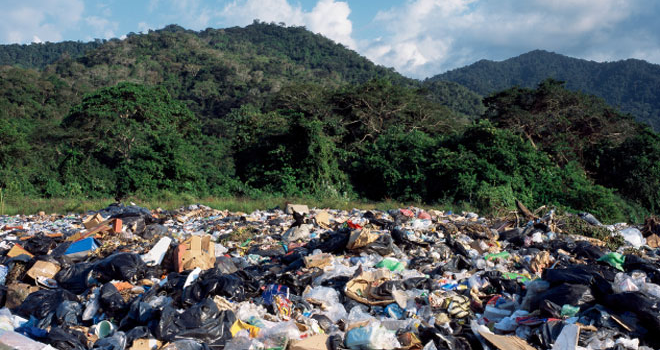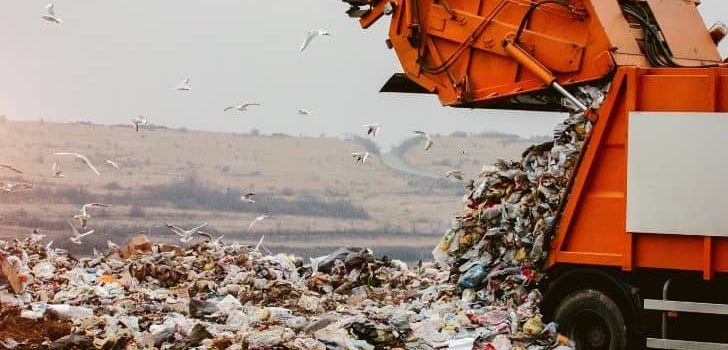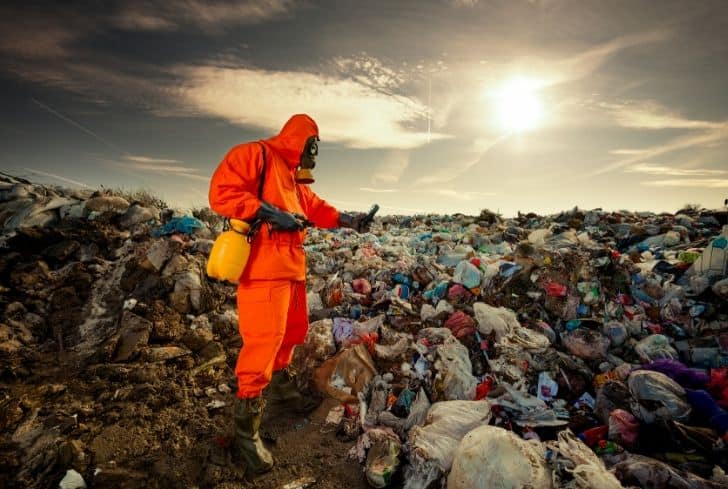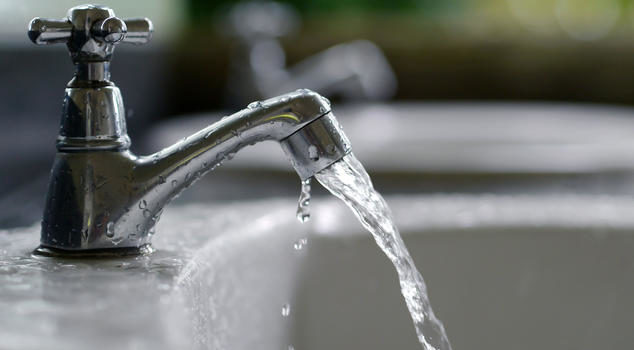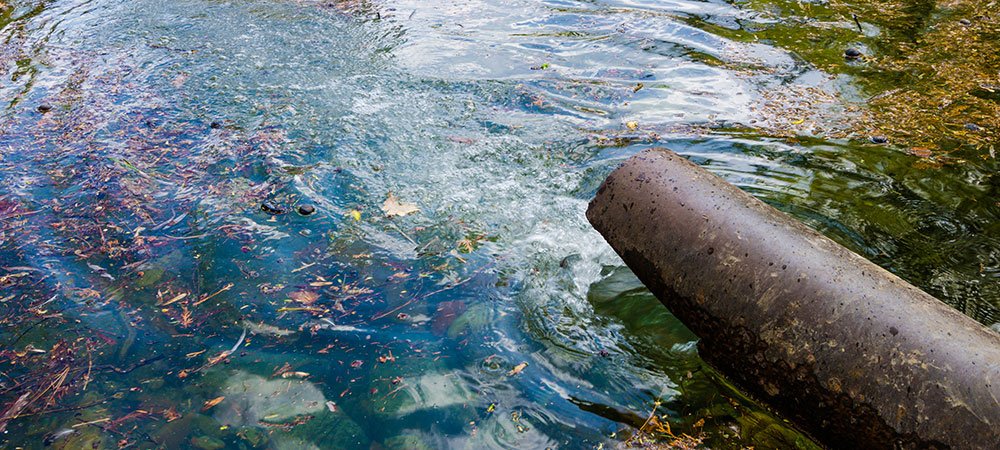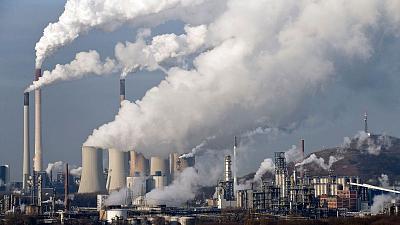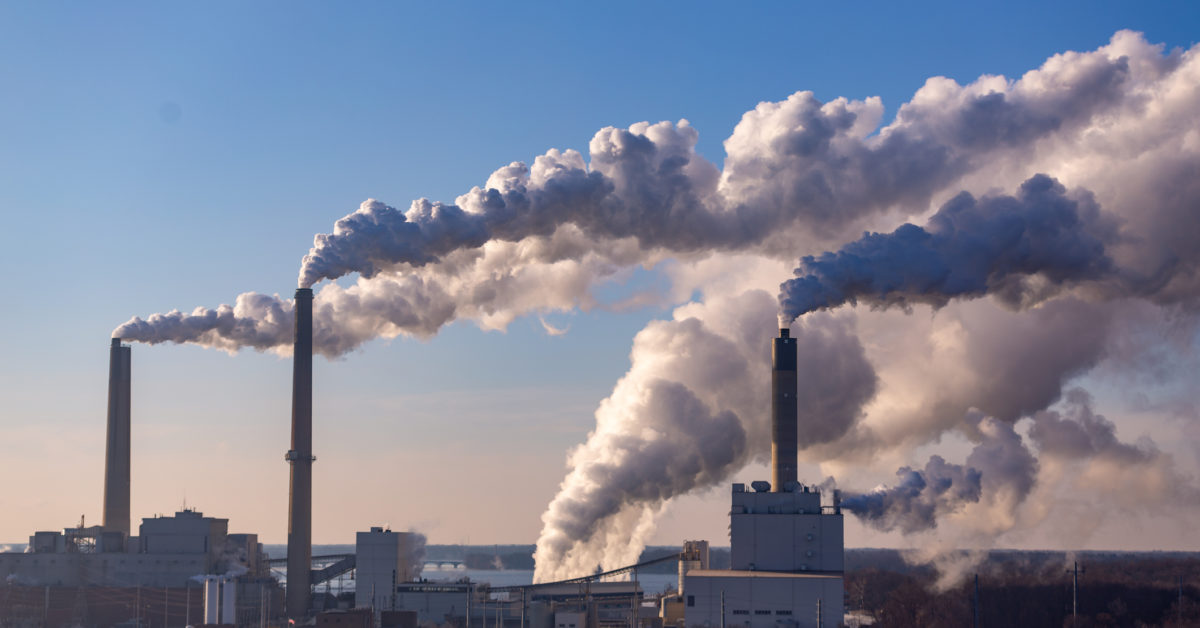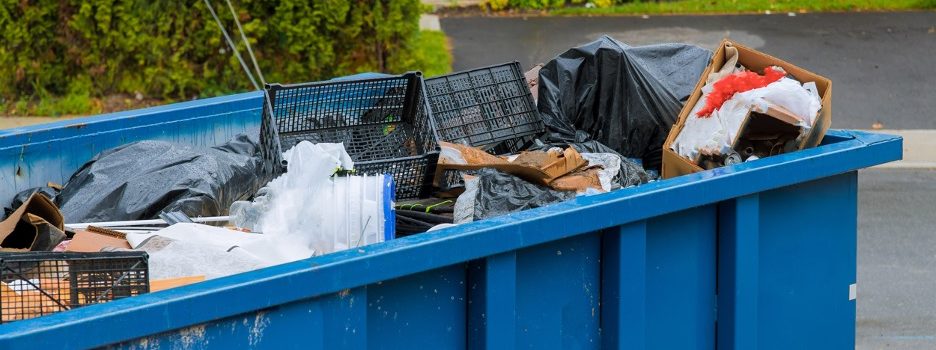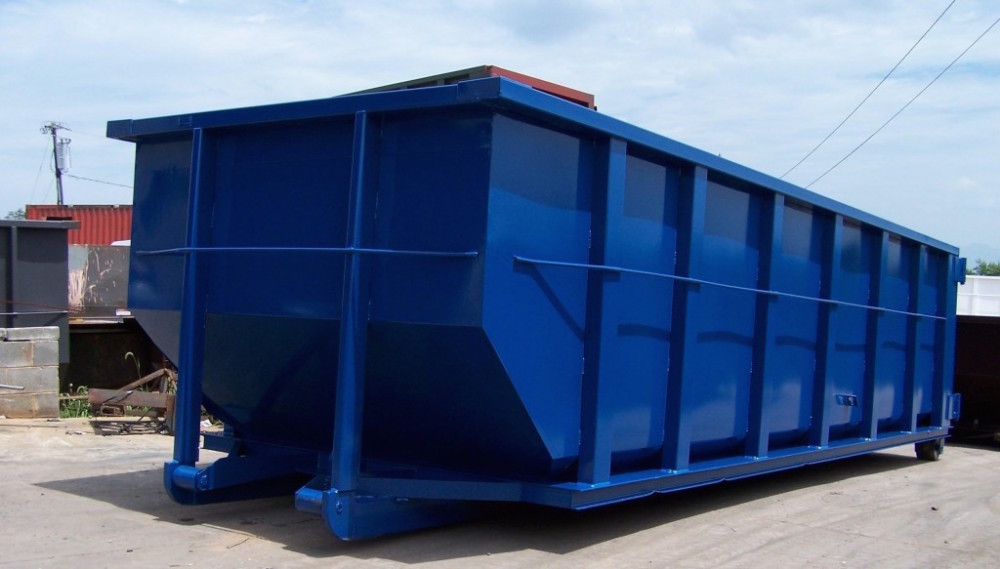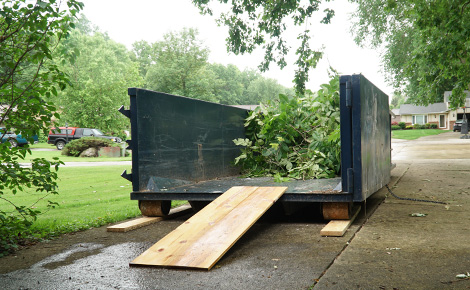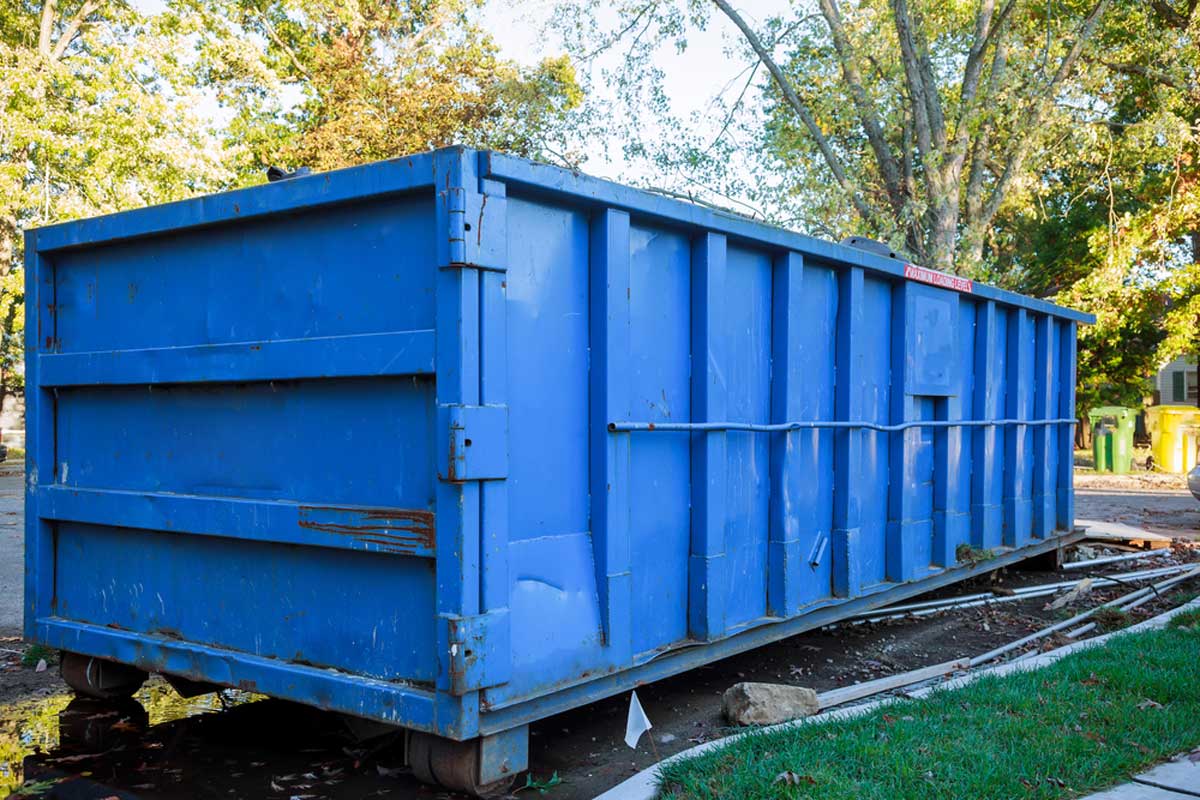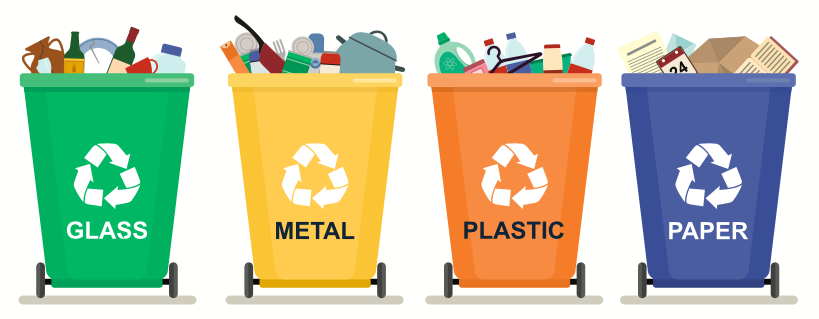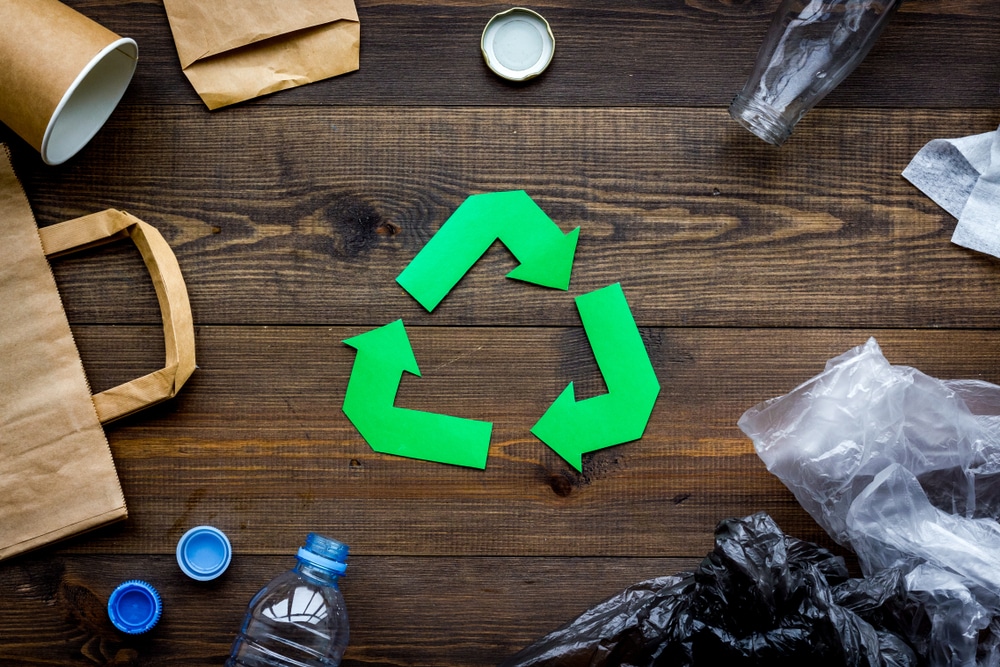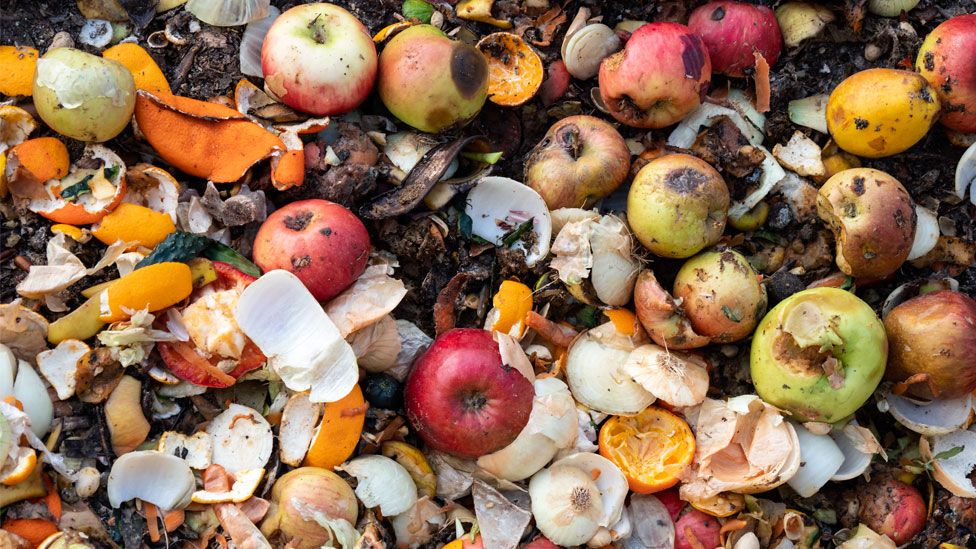What Exactly Are Garbage Dumps?
The “garbage dump” isn’t taking trash anymore. The Resource Conservation and Recovery Act (RCRA) Subtitle D rules make sure that today’s MSW landfills are well built and follow strict federal and state laws to protect human health and the environment.
A landfill is a well-built structure that keeps trash from getting into the environment in different ways. They have nothing in common with the slums your grandparents lived in. Landfills turn everyday trash into things that are good for the environment. They are also giving the communities they serve money they didn’t expect.
Before there were modern landfills & trash was dumped and often burned in the worst places possible, with little control from engineering. Because of this, many of these dumps had to be cleaned up very well.
Consideration is given to every part of the environment that a modern landfill affects, such as ground water, storm water, noise, the way it looks, traffic, and the air. Each of these environmental risks has a system in place to keep an eye on and control possible effects.
What Kind Of Trash Does A Landfill Hold?
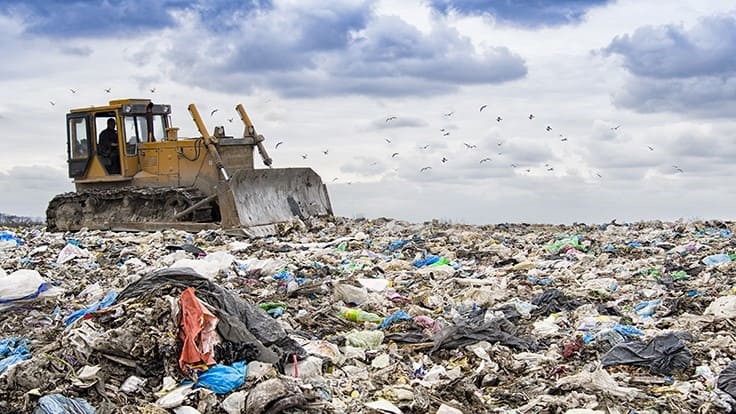
Landfills are safe places to get rid of municipal solid waste, construction and demolition waste, land clearing debris, some industrial waste, coal ash, sewage sludge, treated medical waste, solidified liquid waste, and tenorm (Technologically Enhanced Naturally Occurring Radioactive Material, or fracking waste).
How Much Trash Goes To Landfills, And Why Can’t It Be Recycled?
Modern landfills use high-tech, tightly controlled containment systems to control water and air pollution and get rid of other things that are a pain. Staff who work at landfills check on these places on a regular basis to make sure quality control.
Modern landfills are built, put in place, designed, run, regulated, tested, and watched in ways that are safe and good for the environment. Federal laws say that landfills can’t be built in floodplains, wetlands, or along fault lines. Groundwater is also kept safe by special liners and systems that collect and take care of leachate, which is waste liquid.
How Are Air Emissions From Landfills Kept In Check?
The NSPS controls how much air a landfill lets out (new source performance standards). These rules say that sources that are subject to these rules must collect and take care of landfill gas. In terms of how to follow it, the rule is pretty clear. Flaring is considered the best control technology (BACT), so it is rarely used unless it is absolutely necessary. Now, the flare is used as a backup way to control the fire.
So, What Exactly Is Garbage Dump Gas?
Landfill gas is a mix of biogenic carbon dioxide and methane. It is made when organic waste breaks down without oxygen in a landfill. Methane, which is the energy source in landfill gas, has many uses. When methane gas is captured and turned into electricity, it can be used to power lights, nearby homes, and compressed natural gas vehicles, like many of the trucks that pick up trash and recycling across the country.
